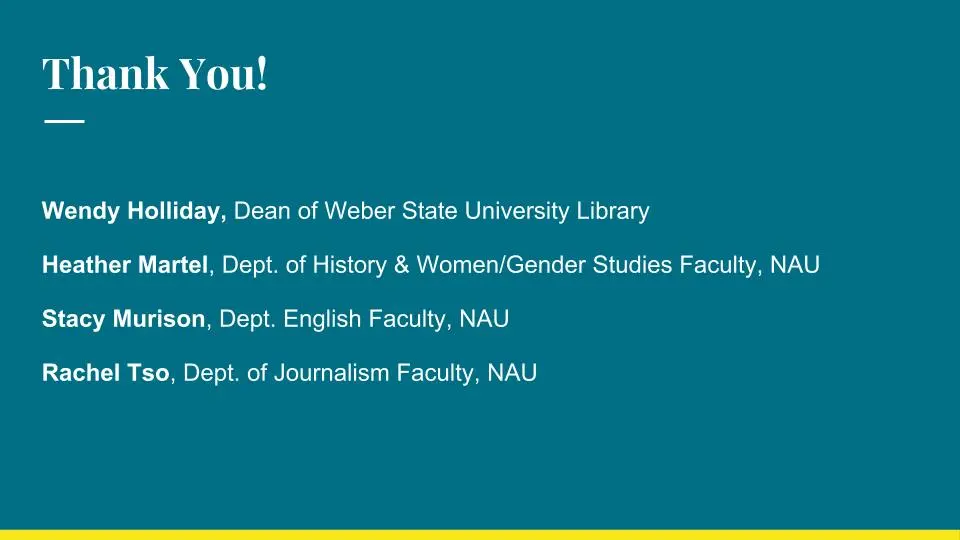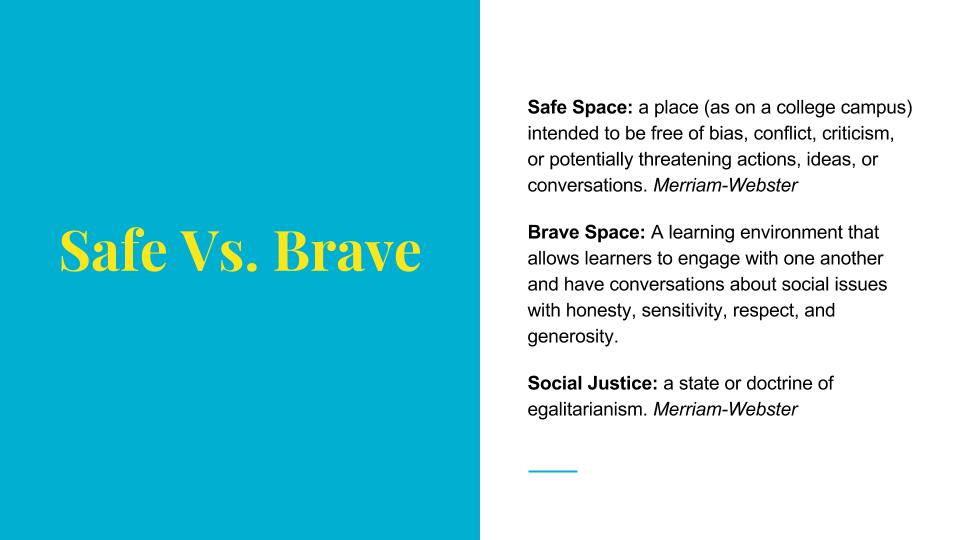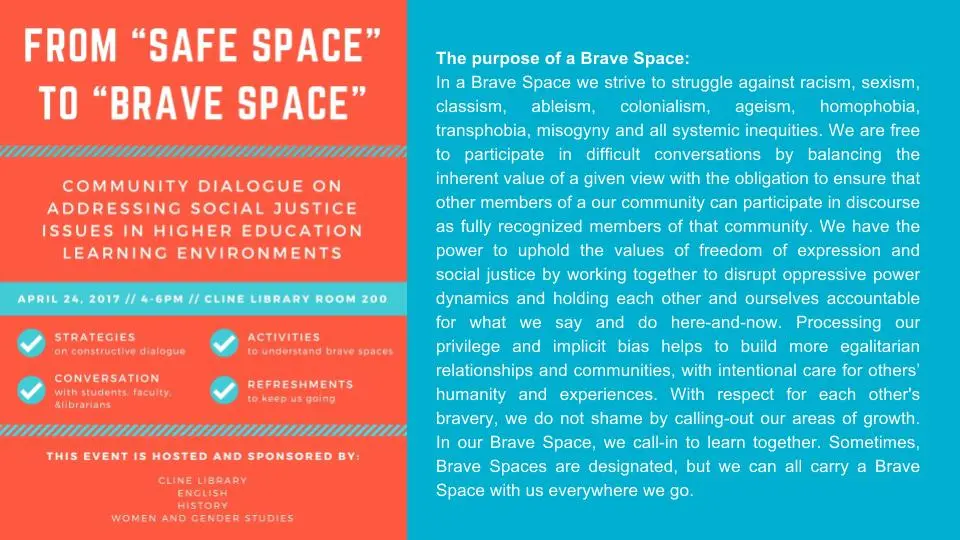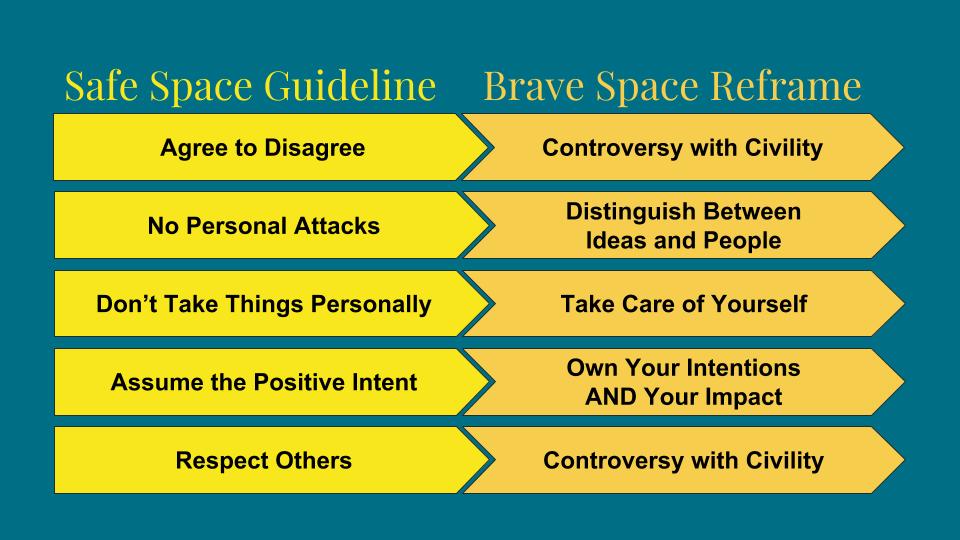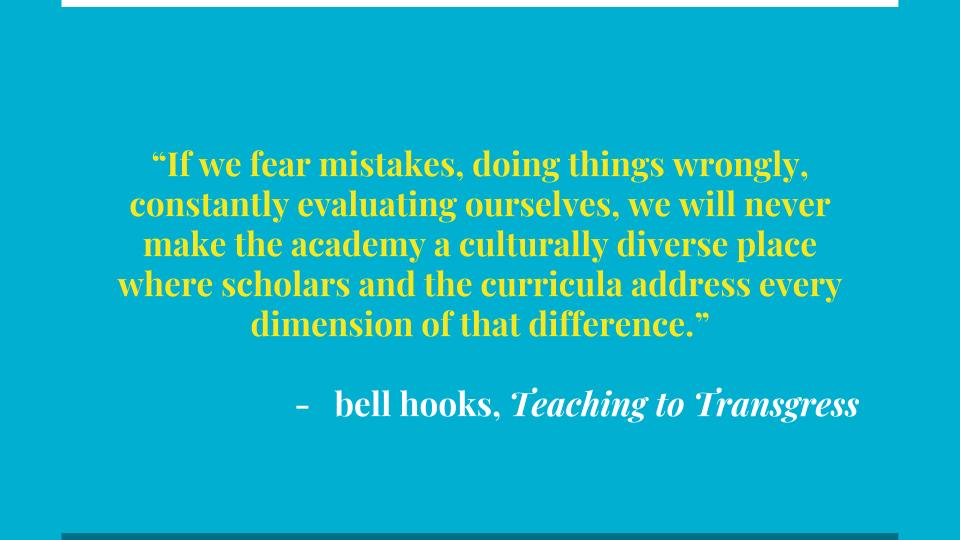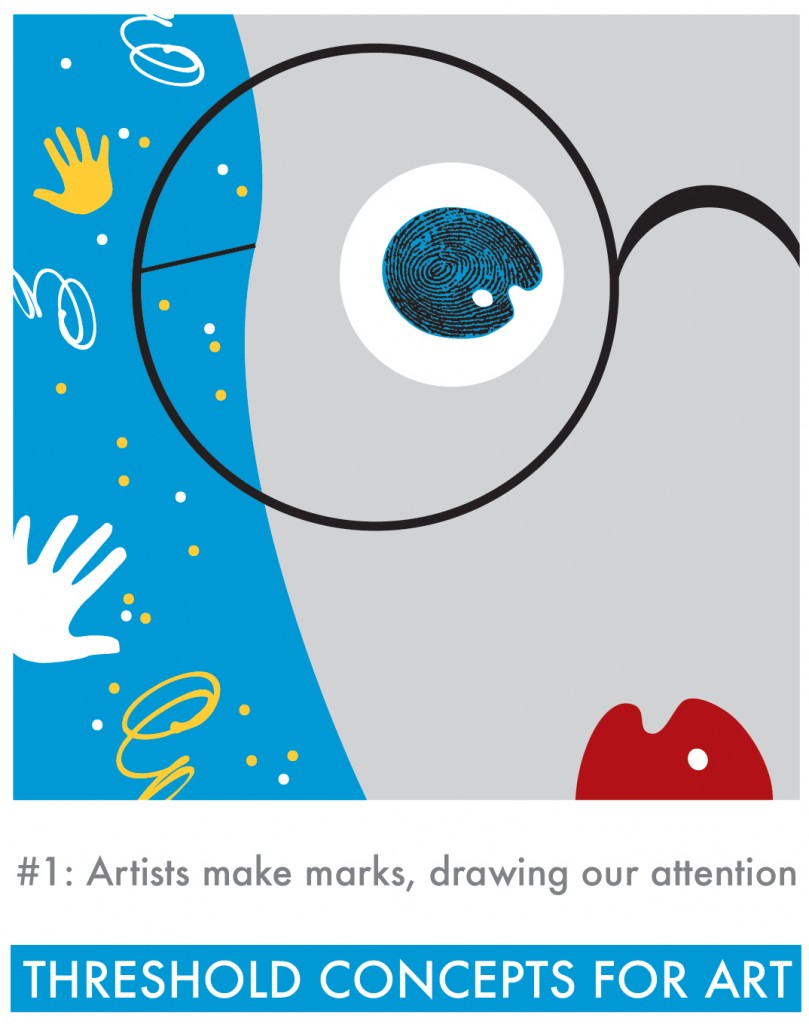I gave my notice! First, a little history and how I ended up here.
For several months (even the last year or two, really), I’ve been struggling. I’ve had a hard time putting this struggle into words for a number of reasons. In short: I’m burnt out. Just this week, WHO made burnout an actual medical diagnosis and I feel like it is all too timely. My own burnout has caused me anxiety, depression, and fear for way too long. But I’ve (finally) made small, incremental decisions that led me to this point where I feel I’m truly resetting my priorities and returning to my core values, not just professionally, but personally. I’m in some kind of chrysalis phase where nothing is quite stable and that has taken me some time to accept and even celebrate. What can I learn by celebrating this space I’m in and this break I’m taking?
The answer is: A lot. More, if I am willing to occupy that space whole heartedly.
So, in a few weeks time, I will quit my job and move (likely to Tucson, unless one last interview pans out elsewhere). This will be the first time I am moving somewhere without a new job/school lined up first. It’s the first time I’m prioritizing something other than my career in well over a decade. It’s not because I HAVEN’T had other professional opportunities–in the last two years I’ve had two great job offers that I turned down (for one reason or another). It’s not that I didn’t want those jobs, it’s that I’m learning (the hard way) that I cannot bank on my job being my only source of happiness. Quality of life, making room for family, creativity, community, and home all matter to me as well.
I’ve grown here in the last three years, that is undeniable. I learned a lot about the kind of librarian and leader I want to be and the kind of librarian and leader I *don’t* want to be based on the models I’ve had. I’ve learned that short-sighted and risk-averse leadership will kill morale faster than anything else. I’ve learned that faculty partners who trust me to create new assignments with them, tell me I’ve transformed their teaching practices, and appreciate me are incredible allies and friends. I’ve learned that if you have a boss who refuses to allow you to have an ally at the table, it’s time to leave and take your gifts elsewhere. I’ve learned that listening to students, caring and advocating for them isn’t that hard. I’ve learned that I can say, “No” and still maintain positive working relationships, unless that person I’m saying, “No” to is toxic and misogynistic. I’ve learned a lot about the values I hold dear and embody in my work. I’m not going to let go of those values or these lessons as I transition into a new phase of my life.
I’ve been carrying around a lot of grief and trauma for the last two years, and in reality probably even longer. This fact has been looming over this whole process of coming to terms with leaving a job that I do love behind because it is eroding my mental and physical health. But, it’s my work that I love, not the culture I have to constantly fight against. Throughout this process of reckoning with grief, trauma, and workplace dissatisfaction, I’ve felt like my life is falling apart at times–something I’ve worked SO HARD for is failing me in a pretty significant way. The story I’ve told myself, more often, is that I’m failing and for a perfectionist that is a hard pill to swallow, to say the least. But I’ve realized that I have to fall apart to see what’s left and to better understand what’s important. And, I’m not perfect and I don’t have to be.
So, what are my values that I’m moving forward with and cultivating more of in my life?
Care. Social justice. Creativity.
Community. Autonomy.
Critical Generosity. Queerness.
If you’ve known me for a bit and/or worked with me in any capacity, you’ll know that these values are present in my work and influence the way I navigate the world in general.
Now, a little about the dream. I envision finding work with people who share most, if not all, of my values. Maybe not in libraries. Maybe not right away. But eventually. I also hope to find a place where I can focus on the more creative and community-driven work that I feel compelled to do. I plan to do what I can to grow my own community intentionally and have a life outside of work. Being in a small college town has been awkward for me, so I’m excited to be in a bigger city with more than one employer to choose from, but hopefully the right employer none-the-less.
I am resisting the urge to give myself too many goals or too much structure during this time, so I can really reset and recenter those values, read, write, make things, and spend time with family and friends, as well as alone. I’m thinking of this as a sabbatical, for the most part, where I’ll focus on the work that really matters most to me. I’ll continue to work on professional committees I’m a part of, continue developing an exciting resource just for (and alongside) my fellow creative, critical, feminist librarians, and I’m going to launch the Outspokin’ & Bookish bike project I’ve been dreaming of for a decade–soon.
I’m just happy that I realized I don’t have to stay somewhere that isn’t allowing me to fully live and enact my values in my work. I’m excited to see where this leads, but I’m more excited to cut my own path, not continue down one that promotes chronic stress. If you want to support me in some way, reach out, buy a pin from my Etsy, recommend me for paid workshops, etc. Just…don’t question my decision or project capitalist views my way. ❤


